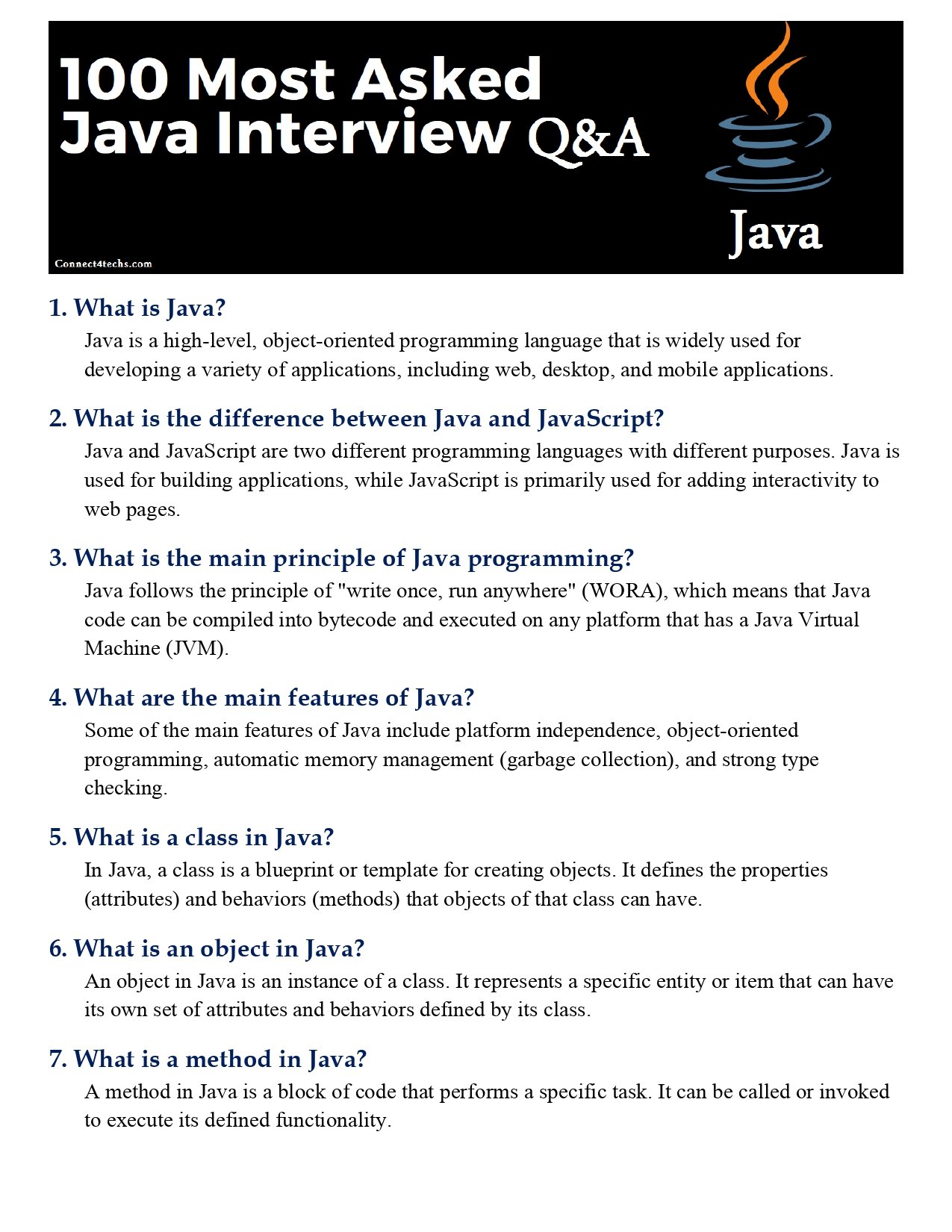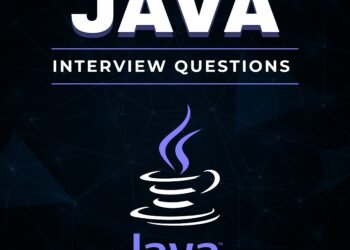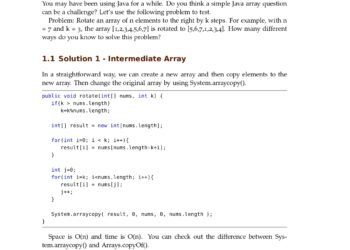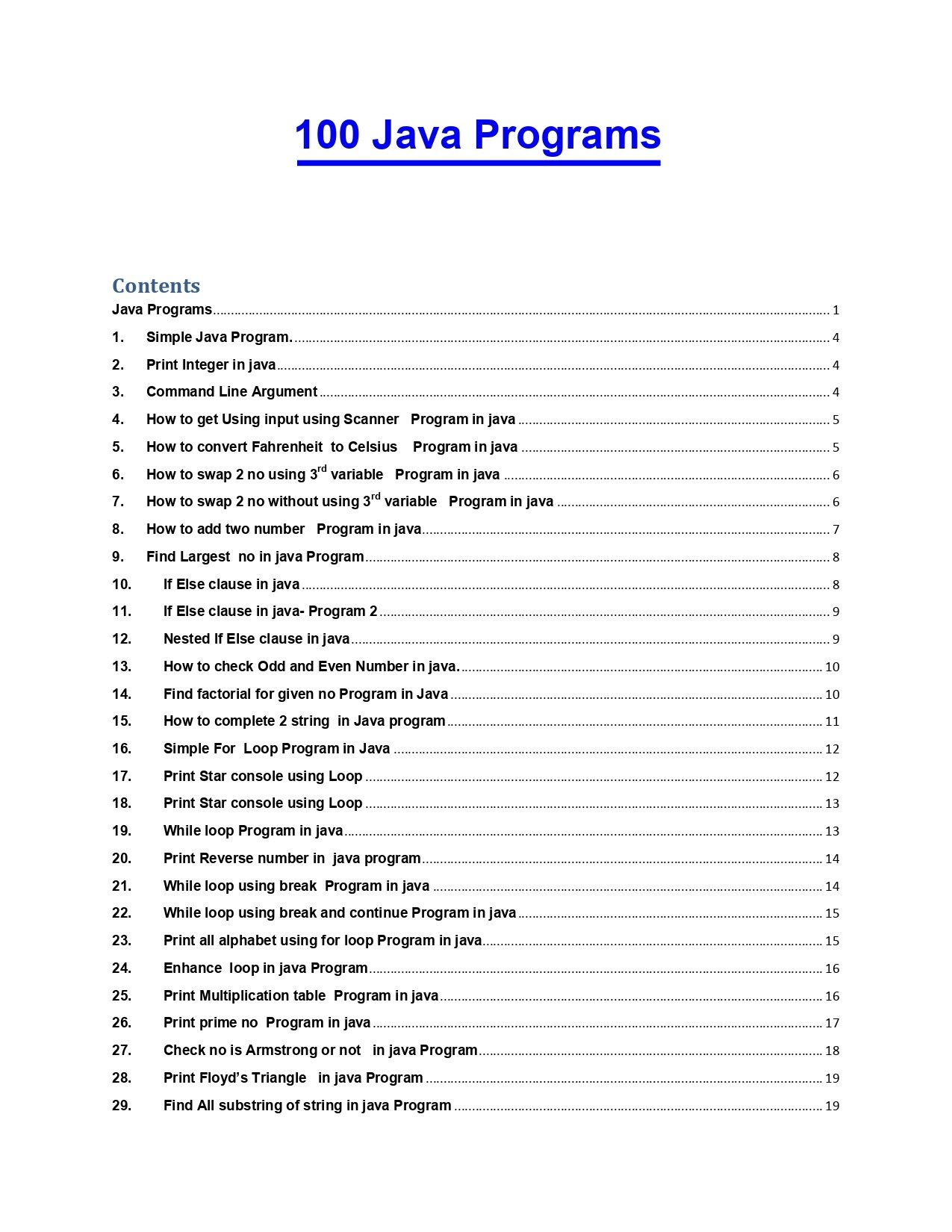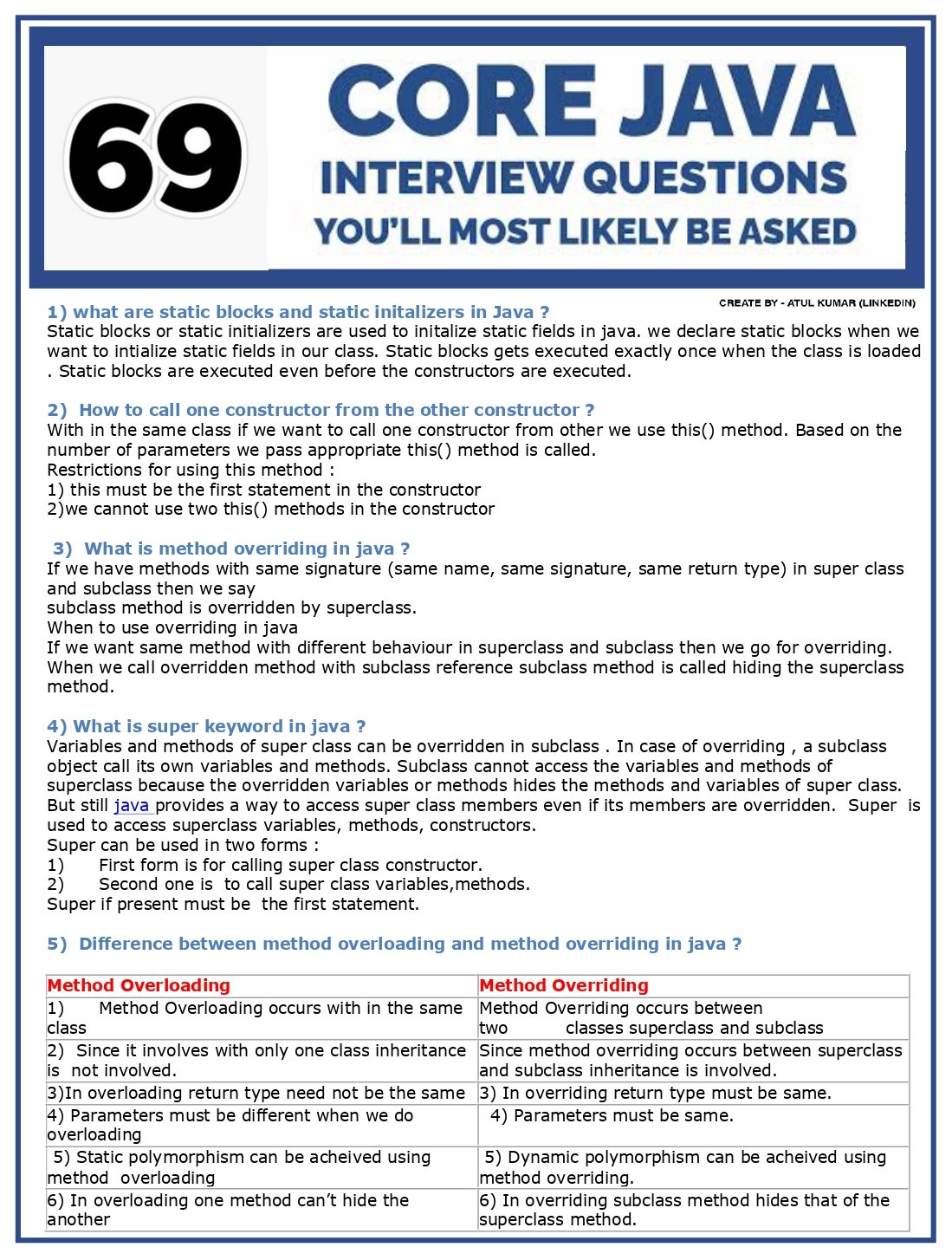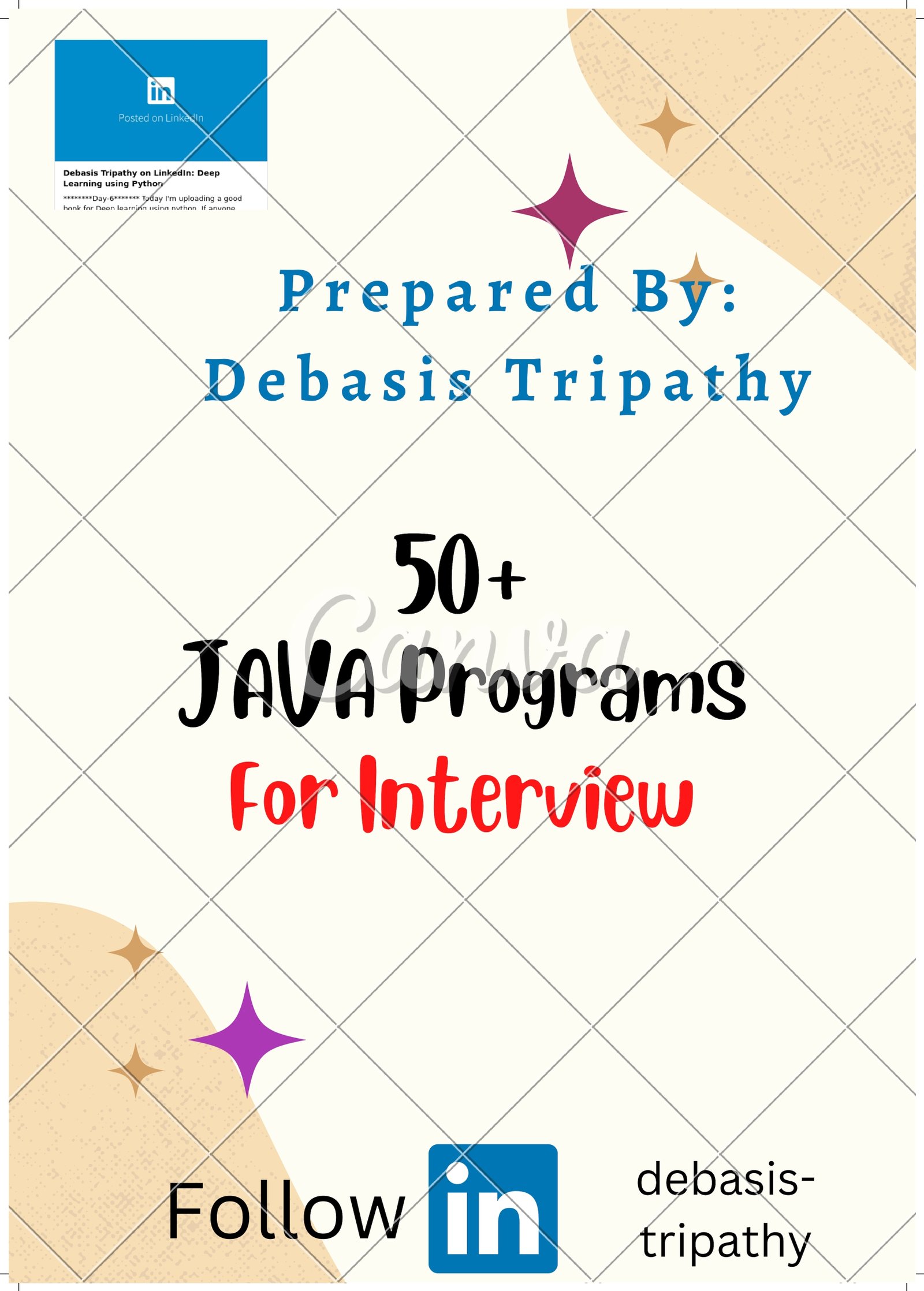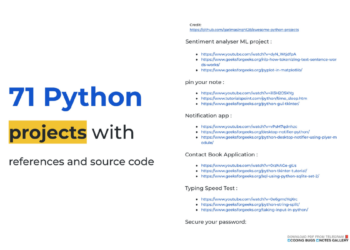Input and output are two essential and common tasks in any programming language. Input and output are the processes of getting data from and sending data to external sources, such as the keyboard, the screen, the mouse, the files, the network, etc. Input and output are also known as I/O or IO.
In this blog post, I will introduce you to a PDF document that contains a detailed and practical tutorial on input and output in Java, explaining their concepts, classes, methods, and examples.
Overview about the Notes
The PDF document that I am going to share with you is called “Java Tutorial – Java Input and Output”.
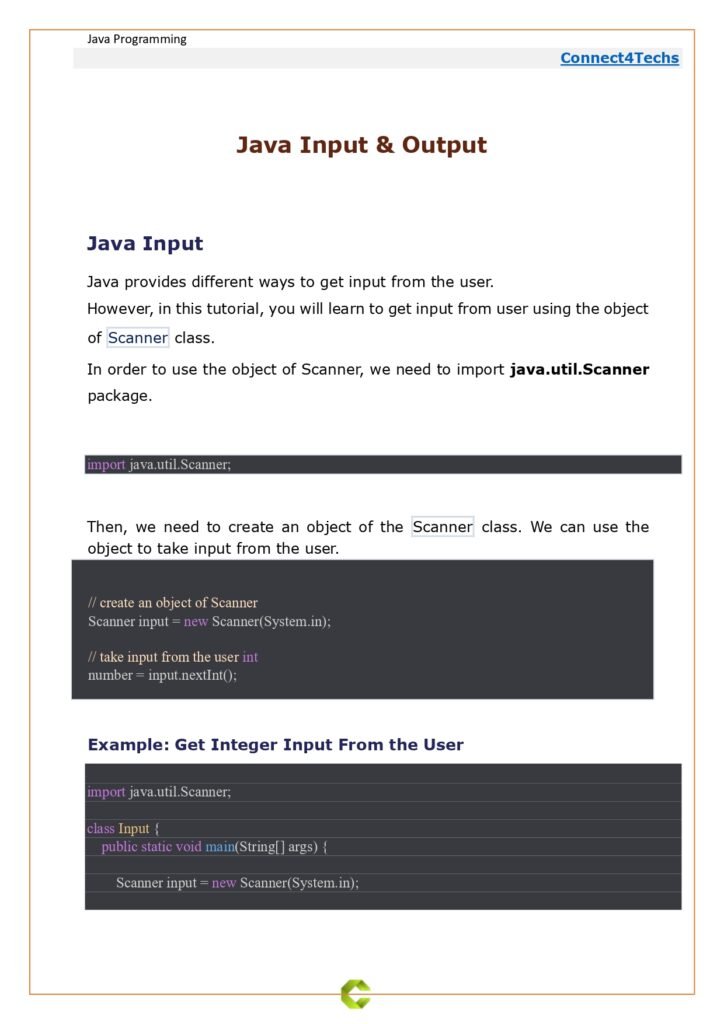
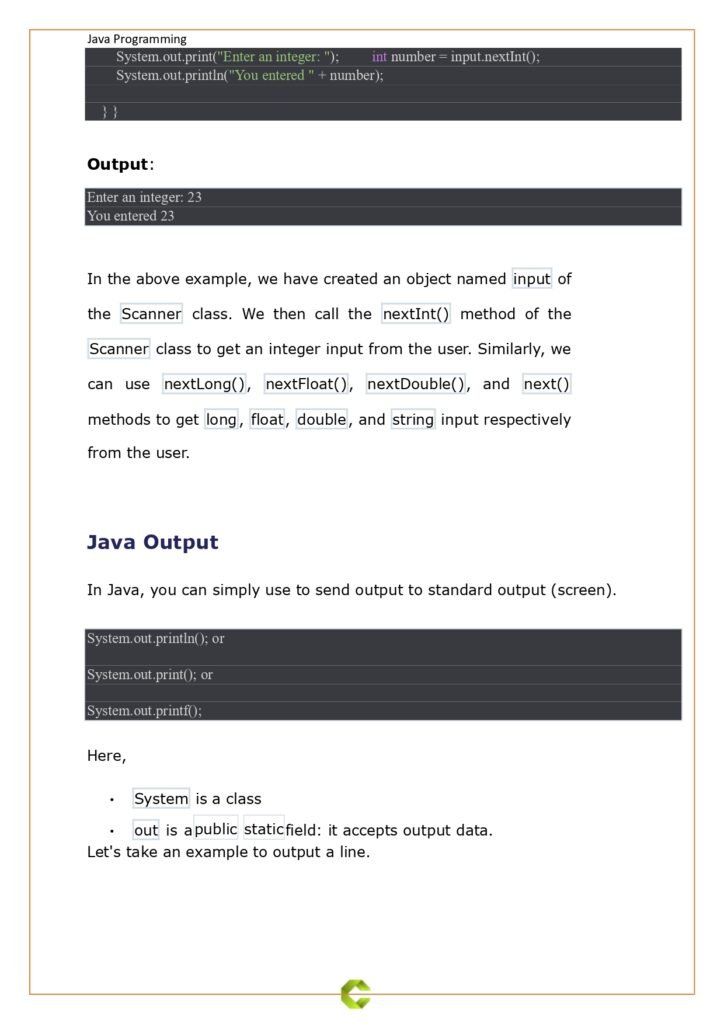
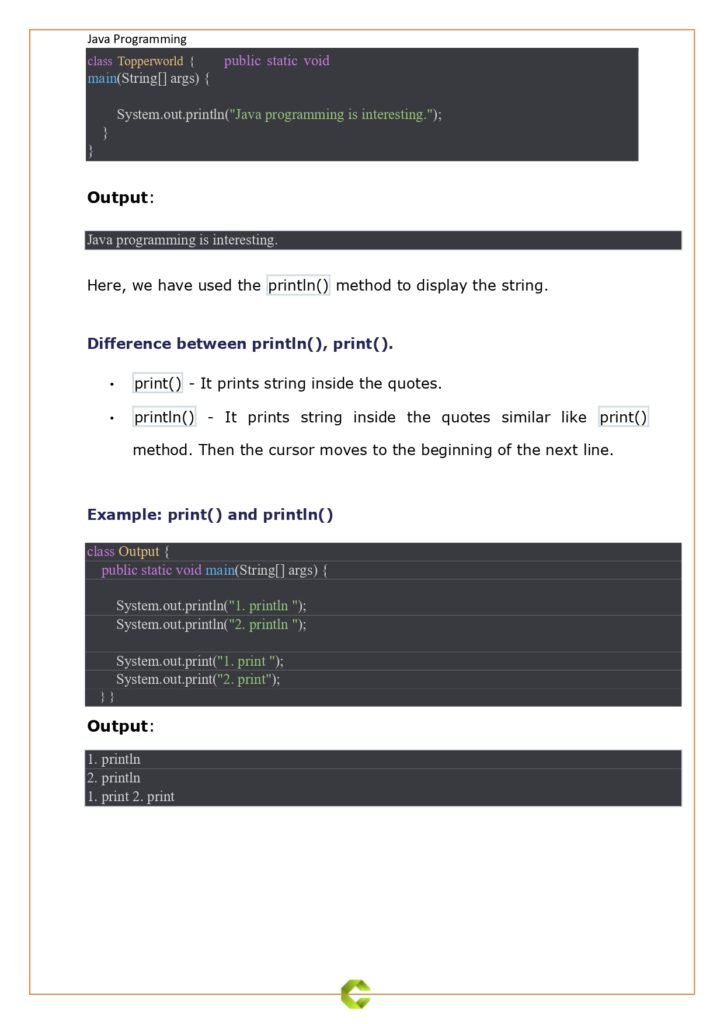
The document is divided into six sections, each covering a different topic related to input and output in Java. The sections are as follows:
- Section 1: What are Input and Output in Java?
- Section 2: What are the Input and Output Streams in Java?
- Section 3: What are the Byte and Character Streams in Java?
- Section 4: What are the Buffered and Unbuffered Streams in Java?
- Section 5: What are the Standard Input and Output Streams in Java?
- Section 6: What are the File Input and Output Streams in Java?
Each section contains a clear and comprehensive explanation of the concepts, diagrams, examples of code, and notes. The document also contains a summary, a list of references, and a quiz.
The Content of the Notes
The document covers the essential topics that you need to know to understand and use input and output in Java. It assumes that you have some basic knowledge of Java, such as how to write and compile a simple Java program. However, it does not require any advanced knowledge of Java or its internals.
The document starts with an explanation of what are input and output in Java, where it defines input and output as the processes of getting data from and sending data to external sources, such as the keyboard, the screen, the mouse, the files, the network, etc. It also explains the difference between input and output, and the difference between synchronous and asynchronous I/O.
The document then moves on to the explanation of what are the input and output streams in Java, where it shows the hierarchy and structure of the input and output streams in Java, which are abstract classes that represent the sources and destinations of data. It also shows how to create and use input and output streams, how to read and write data from and to streams, and how to close and flush streams.
The document then explains what are the buffered and unbuffered streams in Java, where it shows the two types of input and output streams in Java, which are buffered streams and unbuffered streams. It also shows the difference between buffered and unbuffered streams, and the advantages and disadvantages of buffered and unbuffered streams.
Why This Notes
This PDF document is a great resource for anyone who wants to learn or review input and output in Java. It is written by an experienced and qualified software engineer and contributor at a popular website that provides high-quality articles and tutorials on various topics related to Java and other programming languages. It is based on the latest version of Java and follows the best practices and standards of the language. It is detailed and practical, covering all the essential topics in a clear and concise way. It is also interactive and engaging, providing diagrams, examples, and notes to help you understand and use input and output in Java. It is also free and accessible, available for download from the link below.
Conclusion
Input and output are two essential and common tasks in any programming language. Input and output are the processes of getting data from and sending data to external sources, such as the keyboard, the screen, the mouse, the files, the network, etc. Input and output are also known as I/O or IO. If you want to learn or review input and output in Java, you should definitely check out this PDF document that contains a detailed and practical tutorial on input and output in Java. It will help you understand the concepts, classes, methods, and examples of input and output in Java. It will also help you write and run your own Java programs and explore the possibilities of the language.
Download from Link
You can download the PDF document “Java Tutorial – Java Input and Output” from this link: [Java Tutorial – Java Input and Output (PDF)].
I hope you find it useful and enjoyable. Happy learning! 😊.



